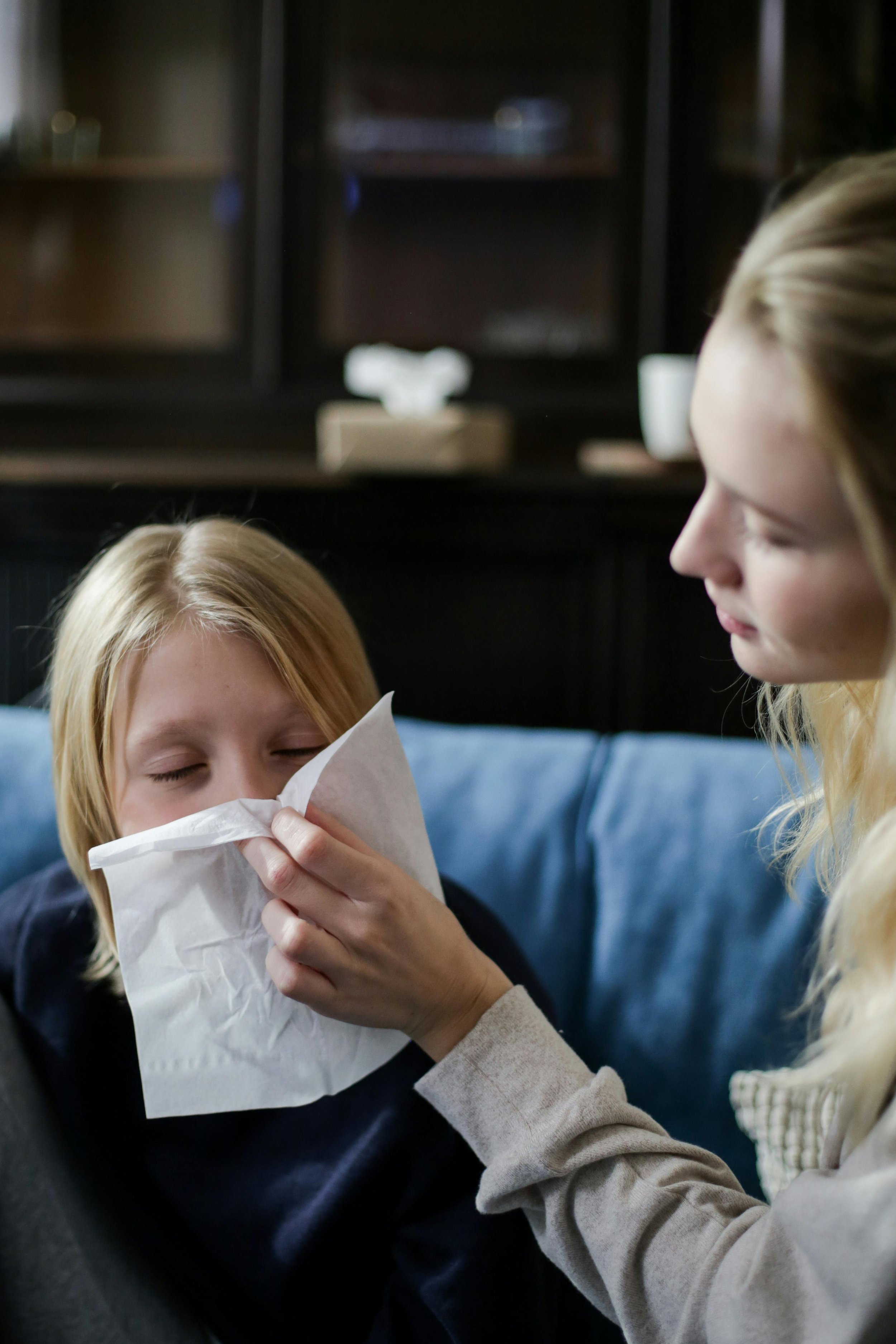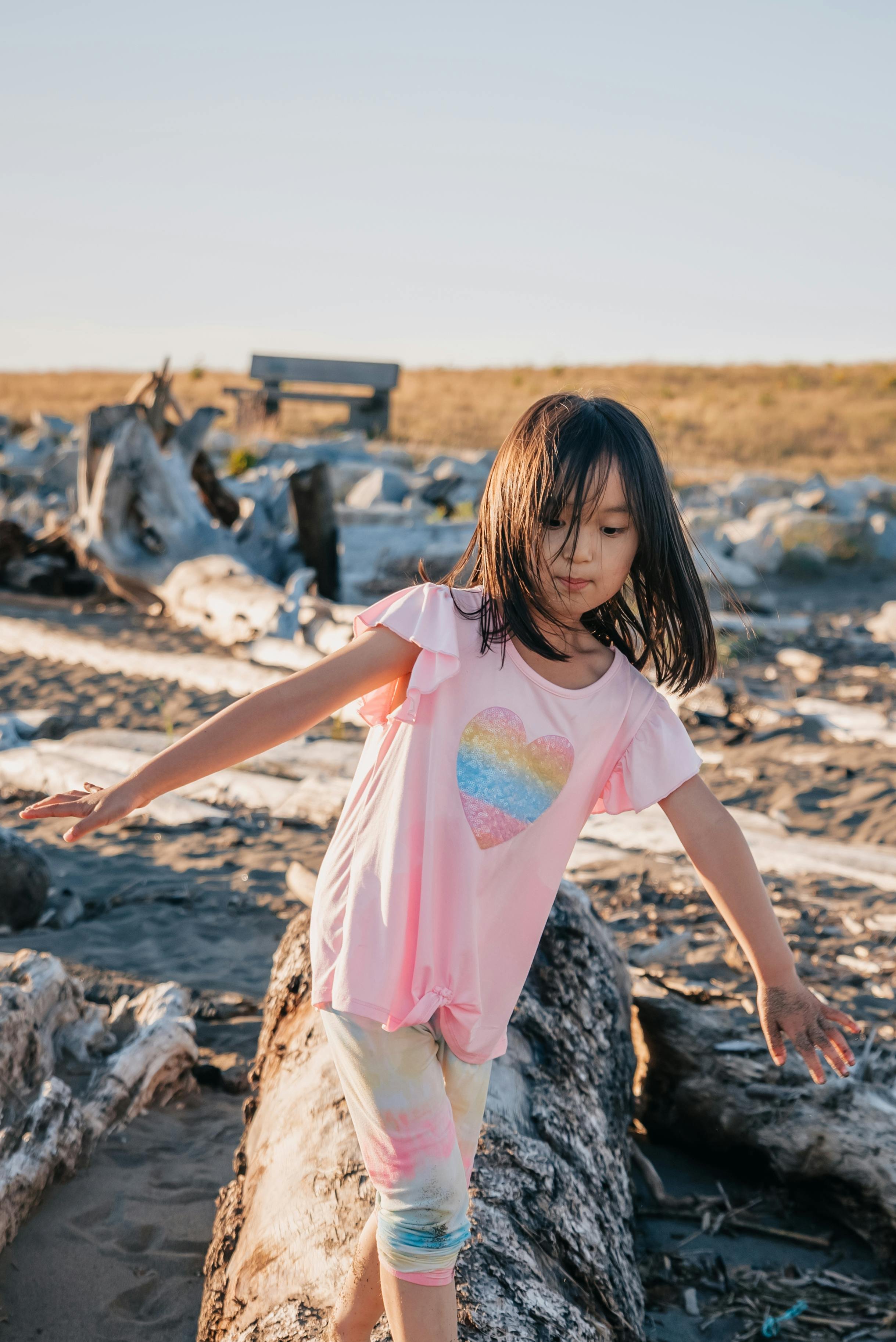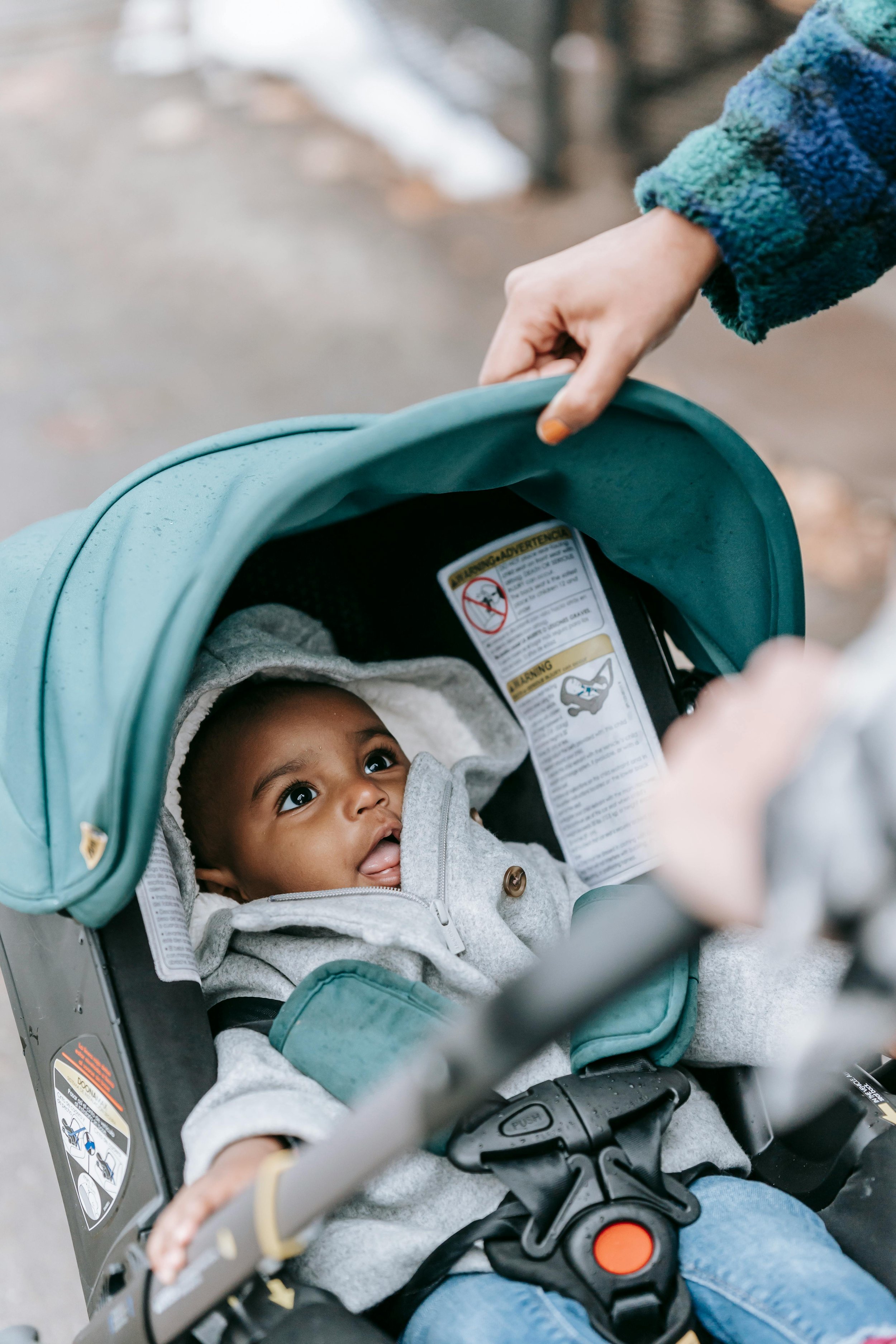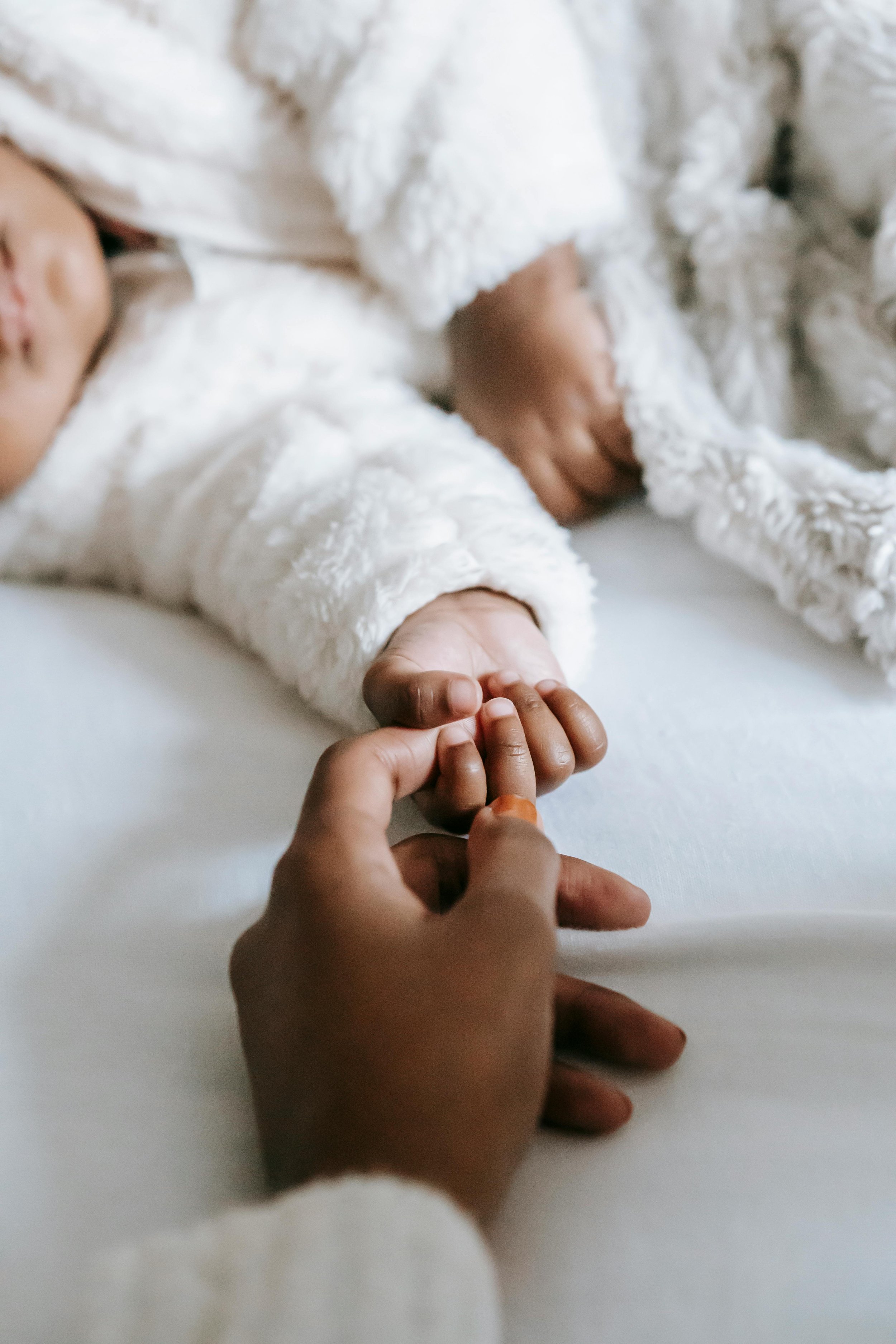Welcome to our blog
Read our life stories, tips and recommendations all written with parents just like you in mind





What If Dad Read the Book First? A Gentle Challenge to Outdated Beliefs
I’m truly delighted and deeply grateful for the response to my book "What is My Child Telling Me, That I’m Not Getting…..Yet?"
The stories, reflections, and heartfelt messages that have poured in—mostly from mums—have been nothing short of moving. So many have told me how the book opened their eyes, not only to their child’s cues but to their own birth story and early childhood. It’s been humbling and affirming.
But here’s something interesting—and just a bit cheeky!
A number of dads have proudly told me they ordered the book… and then gave it straight to their wives to read.
Now, hold on a minute. What’s that about?

Rewriting the Birth Narrative: The Truth Behind Elective Caesarean Sections
When it comes to giving birth, every woman deserves to feel empowered, informed, and supported. But time and time again, I hear stories from women who felt led—not by intuition or understanding—but by fear and outdated narratives.
"I booked my C-section as soon as I found out I was pregnant. Too many of my friends had traumatic births that ended in emergency sections."
These aren’t just casual comments—they’re reflections of deep societal conditioning and fear-driven beliefs passed down through generations. But we need to ask… safe according to whom? And where is the balanced information that includes both the benefits and the risks?

"Smile – It Might Never Happen"
I remember often hearing the phrase, "Smile – it might never happen!" as a little girl. I didn’t really understand what it meant, but I do remember how it made me feel—awkward, confused, and just a little bit ashamed.
People would comment that I was “a serious child” or “too sensitive.” My mother, often within earshot, would explain to others that I was “highly strung.” These descriptions stuck. And they stung.
Looking back, I realise now these comments were more than throwaway lines. They were forms of objectification. Labels. Misunderstandings.

When the Nest Feels Too Quiet: A Reflection from a Baby Body Language Coach
As a mum of three grown children in their late 20s and early 30s, I find myself facing something I never really prepared for.
I’ve completed countless professional courses over the years—many with certificates proudly displayed—but nowhere in the curriculum was there a module titled: Empty Nest Syndrome 101. Or “Mum Now Surplus to Requirements”. If there had been, I might have paid more attention.

Are You Afraid of Your Own Child? A Loving Reflection for Parents of Young Children
As a parent, have you ever felt a little afraid of your own child?
Not in a dramatic sense, but in those quiet moments where their intensity, unpredictability, or overwhelm seems... a bit too much?
If you’re nodding quietly right now—you’re not alone. I’ve seen this more times than you might think.

Can Your Child Use a Pool Noodle? What This Simple Movement Reveals About Baby Body Language
The instructor was showing the children how to use those bright, floaty pool noodles—sliding them behind their shoulders and under their arms so they could lean back, rest their heads, and kick their legs freely in the water. A simple enough movement, you’d think.
But several children visibly struggled. Can you guess why?

The Deep Need for Closeness: Honouring Our Biological Design
From the moment a baby is born, they seek closeness. It is not just a preference—it is a biological necessity. We are designed to keep our infants close. Even while we sleep, our bodies instinctively monitor, nurture, and respond to our babies. This proximity is not just about comfort; it is fundamental to their survival, brain development, and emotional security.

Swipe the Snot or Not? Understanding Your Child’s Baby Body Language
As parents, we instinctively want to keep our little ones clean and comfortable. But have you ever noticed how your baby reacts when you go in to wipe their nose? Whether they pull away, cry, or even seem unbothered, their reaction is telling you something—something about their experience in the womb, their birth, and how they are feeling in that very moment.

Family Narratives – Are We Trying to Make the Story Stick?
As parents, we often create narratives around our children’s behaviors to explain their preferences and challenges. But what if these narratives are masking something deeper?

My baby hates the car seat
Parents can find travelling with a baby in the car an absolute nightmare because the child can become distressed for the entire length of the journey whether it be long or short. Babies and toddlers often experience discomfort and distress when sitting in a moulded car seat, and this can be connected to a variety of physical and neurological factors rooted in their birth experience.

Constipation in babies and young children
Constipation issues in early childhood, ranging from newborns to toddlers, can be deeply intertwined with the state of the nervous system and the birth experience. Here's a progressive exploration of how these factors contribute to ongoing constipation for babies and children which may also prove challenging for a parent to manage

Sleep Issues in babies, toddlers and older children
Sleep issues in babies, toddlers, and older children can sometimes be linked to a poorly integrated nervous system, which may be a result of a heightened state of alertness due to a triggered sympathetic nervous system, also known as their fight/flight response. This heightened state can be related to their life in the womb, their birth experience and the subsequent impact on the early setting of their vagal nerve tone.

Delivering a stillborn baby… 30 years on the memory still chokes me up
Phillip’s apparent unexplained death by health professionals became a motivating factor and a lifelong journey of personal and professional development which propelled me into the world of Pre & Perinatal Education. I have used my extensive knowledge and skills to help other mums and partners make sense of the traumatic deliveries and births they have experienced. I guide them on a path of healing their wounds through interpreting and understanding Baby Body Language and much more.
